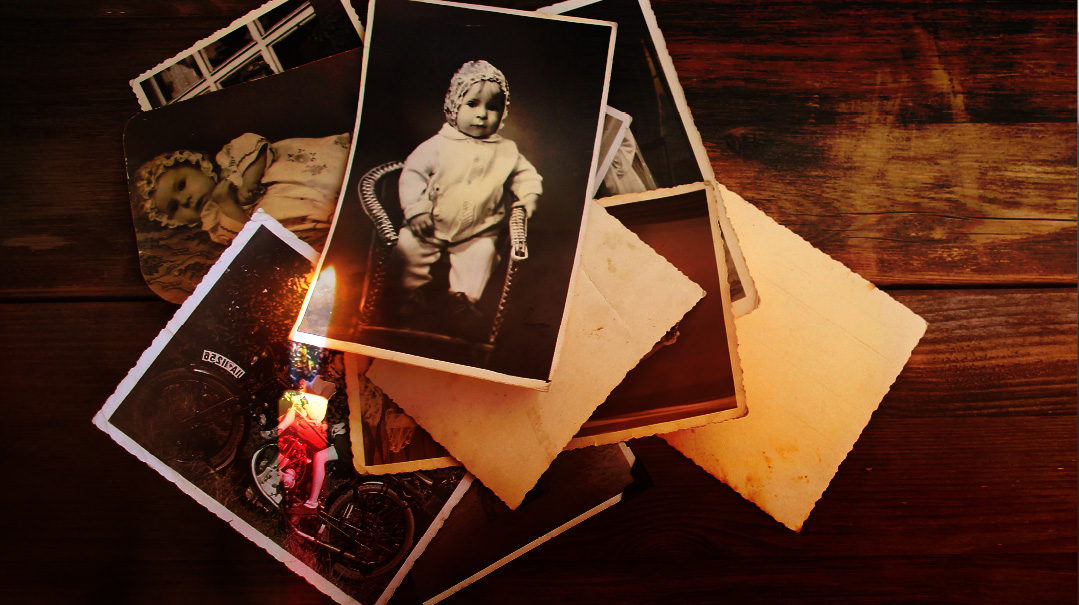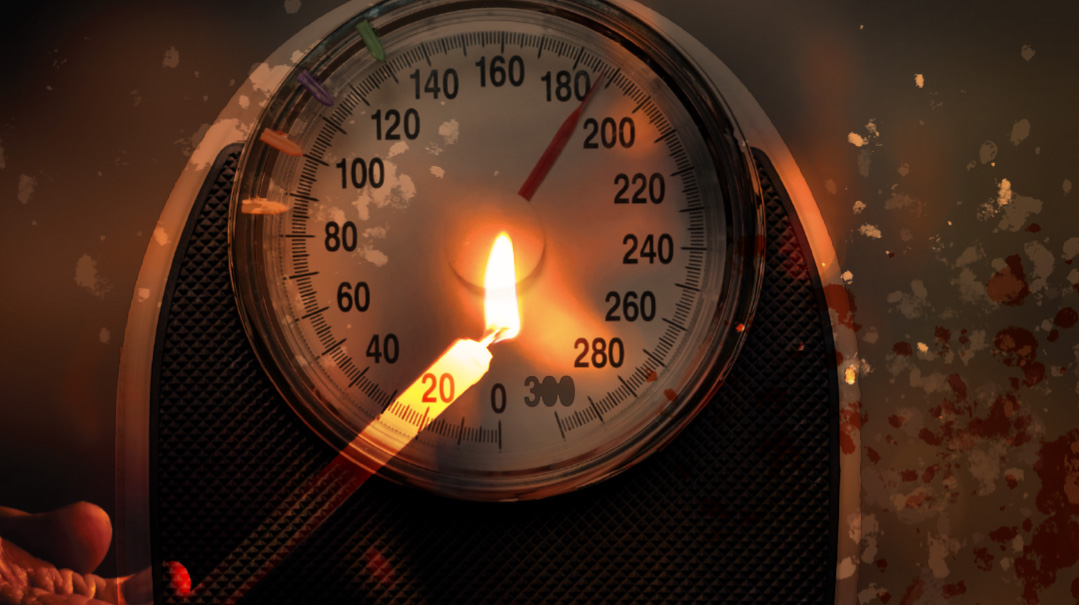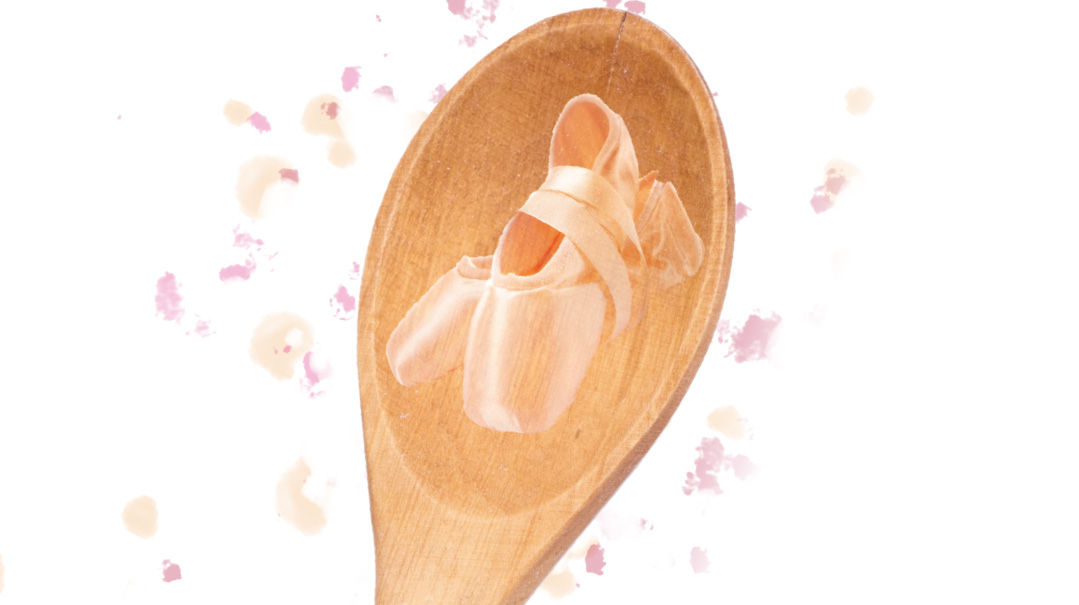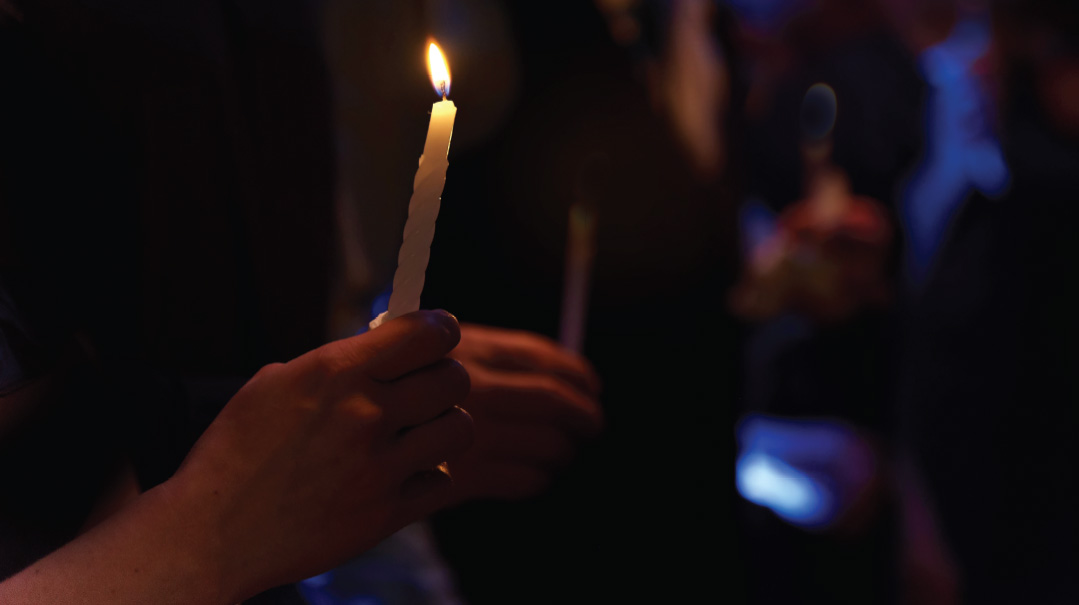Why Was This Night Different?

Nine writers recount their search — and what they found
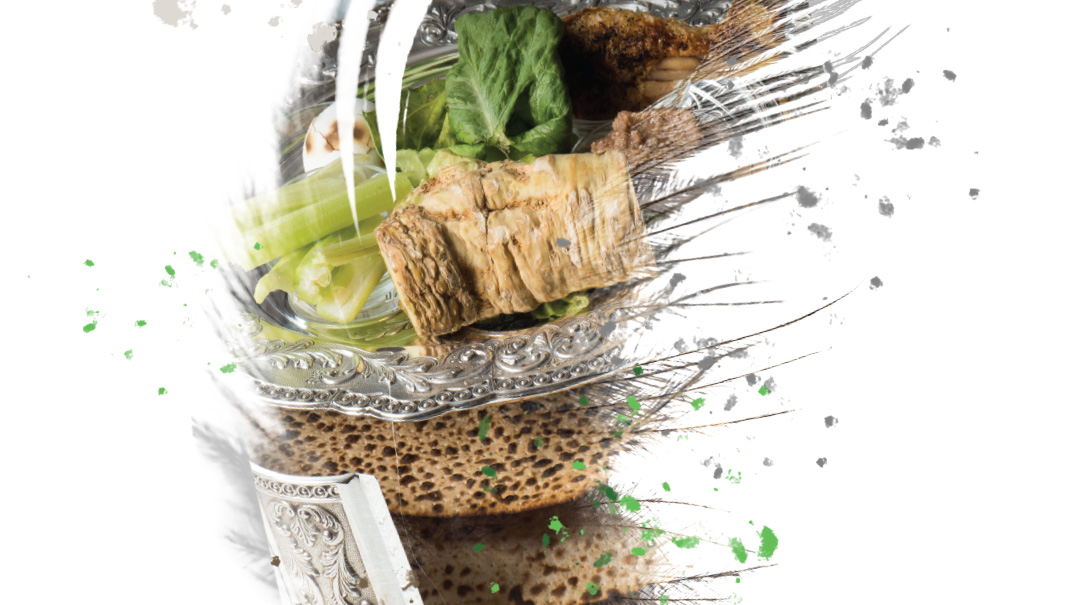
W
hile I’d been making Pesach since we’d gotten married six years earlier, Pesach of 1973 would be the first time we were actually hosting the Seder in our own home.
My widowed mother-in-law lived a few short blocks away, and until now we’d always joined her Seder night, with my husband Abby or one of his brothers leading the Seder. This year, however, things would be different. My father had passed away the previous year, and my mother and sisters would be joining us in our home.
We’re a “mixed marriage.” Abby’s parents were Hungarian on his mother’s side and (sort of) American on his father’s side, while my parents were both survivors from Poland.
In line with our Chassidic roots, my parents’ family traditions dictated that we not eat gebrochts. This rule was enforced so strictly that no matzah crumbs were even allowed on the tablecloth. Period. Each person had their own individual matzah pouch at their place setting. Please don’t ask what happened if a crumb touched a plate.
Oops! We could not locate your form.

